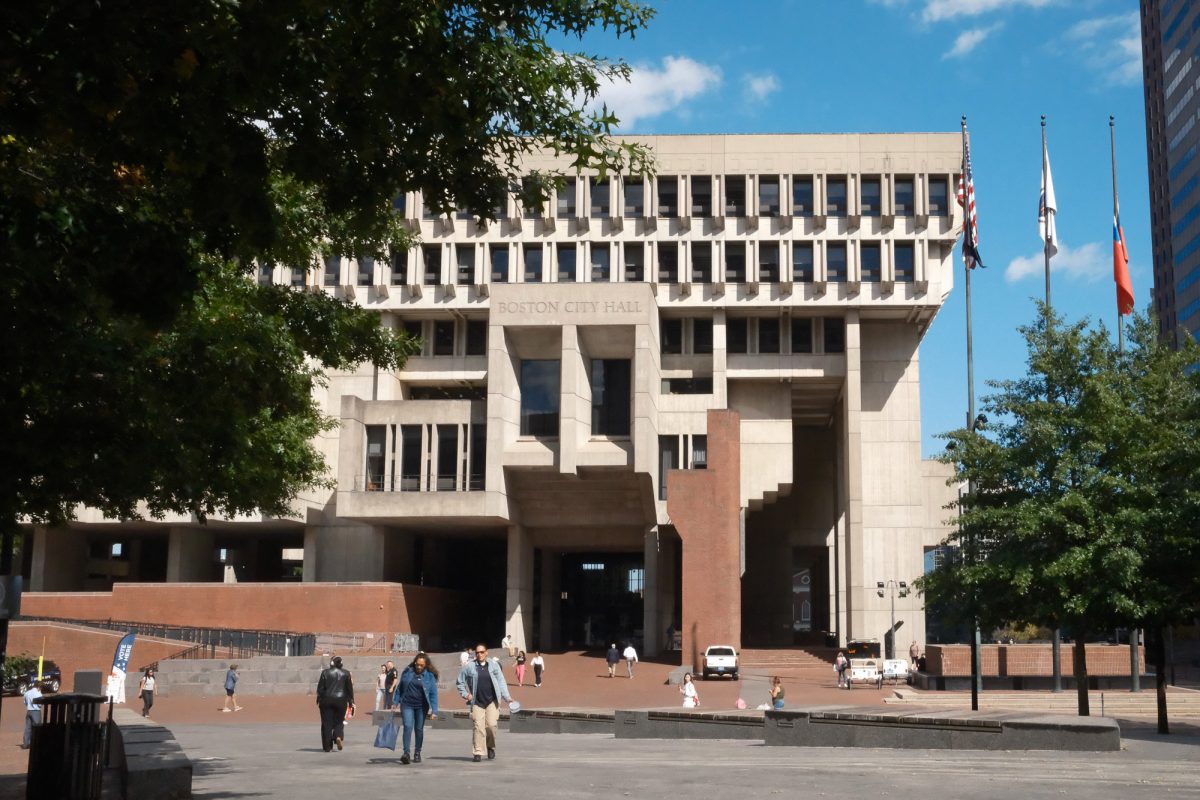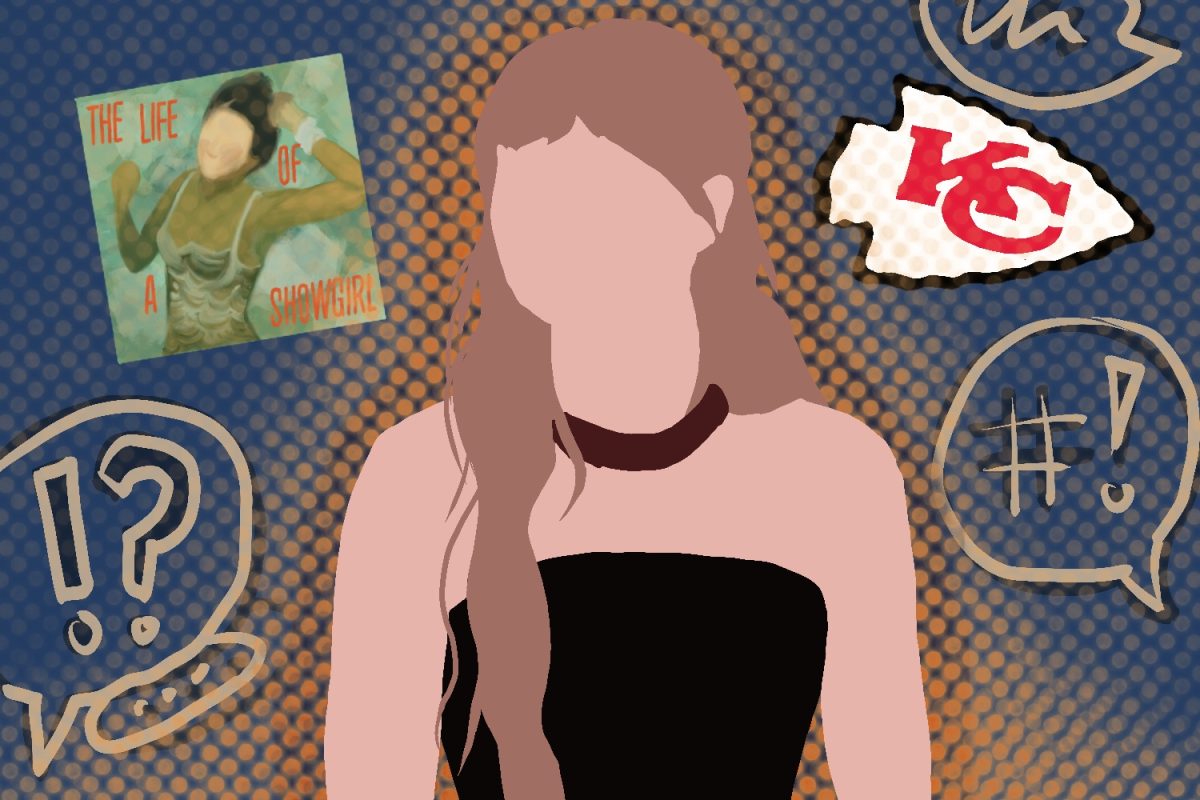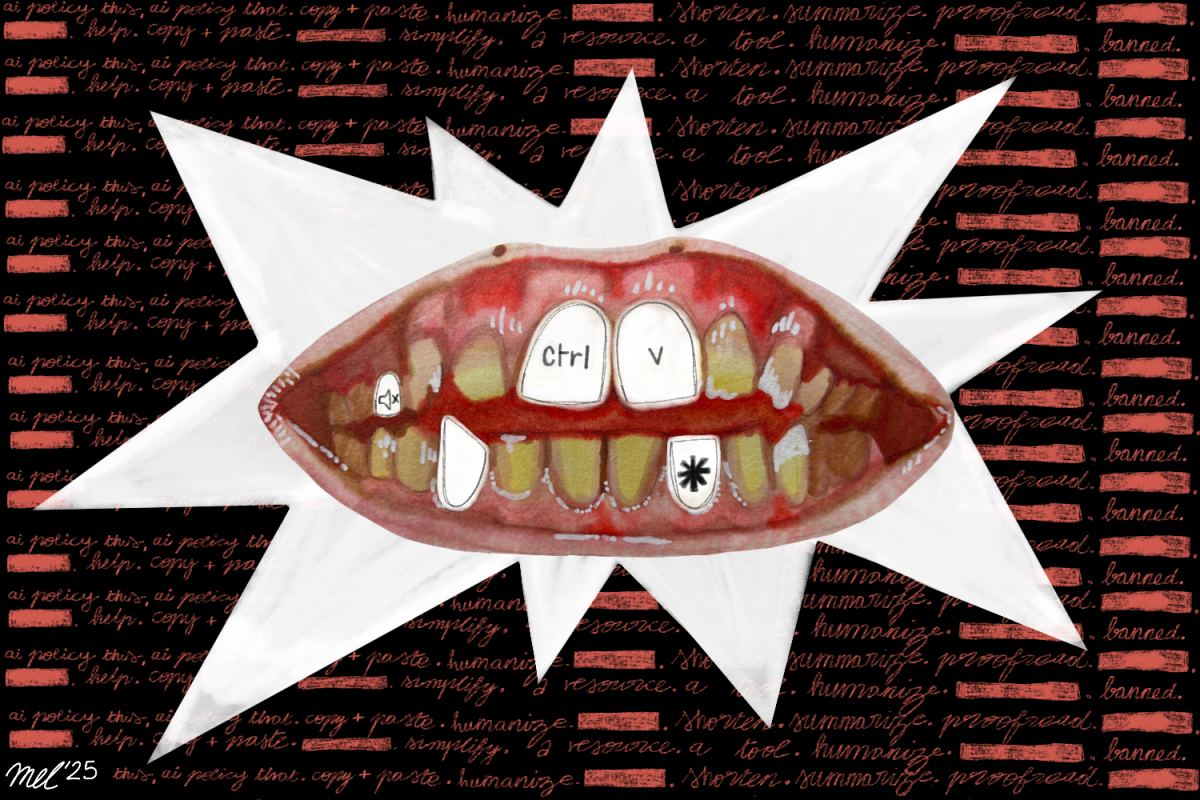Part 1: Common tropes reveal political agendas
A friend recently asked me why I even write this column. Why go looking for political theory in fiction? Why not just let people enjoy things?
First of all, I object to the notion that being critical of your media means you can’t enjoy it. There are many people, myself included, who get enjoyment from critiquing media, but that’s beside the point.

Far more relevant to this article, and this column as a whole, is the accusation that I go looking for politics in my media. It implies these connections — between theme and theory, between art and the context in which it was created — are ones that don’t exist naturally and have to be created. In other words, the default state of fiction is apolitical.
This, to me, is blatantly wrong. Even the most basic definition of politics — such as Merriam-Webster’s “the art or science of government” — would make any story that takes place in a government setting at least minorly political, but I’d like to argue that this definition is too narrow.
Politics does not equate to government, as countless political science majors would tell you. If it did, activities such as protests and community organizing would be apolitical because they take place outside of government. This notion is intuitively ridiculous.
Instead, I vastly prefer something approaching Andrew Heywood’s definition of politics: “the activity through which people make, preserve and amend the general rules under which they live.” In other words, politics is the theories and customs people use to organize themselves.
In this light, it’s easy to see how all media, and really all of human activity, is political — every social activity involves making decisions, every set of humans is organized in some way and these organizations will influence the decisions that are made.
In short, every action or set of actions will say something about the context in which they were performed. Because stories are, at their most basic level, actions over time, they are no exception.
To try and test this hypothesis, I’ll be doing a double-feature column on horror movies, both in honor of Halloween and because horror, on its surface, seems to be one of the most apolitical genres — recent films such as “Get Out” notwithstanding.
With classic villains such as Jason Voorhees killing for revenge or Freddy Krueger killing just because he wants to, the antagonists don’t seem to have anything profound to say about the organization of individuals. Neither do the protagonists, since in most cases, they are simply trying to survive.
However, read between the lines of gore and camp and you’ll find patterns — patterns that imply things about what is and isn’t acceptable in society.
Consider, for instance, the so-called “Death By Sex” trope, called one of the six most common horror tropes, as well as the “ultimate ‘80s horror trope” by Raindance Film Festival. Common enough to have its own TV Tropes page, it consists of characters either getting killed by — or, in the case of Voorhees, somehow becoming a villain — through having sex.
Given that this trope first came into popularity in the ‘80s, around the same time abstinence-only sex education first began receiving federal funding in the United States, this is no coincidence.
Instead, it could be read as a form of propaganda, causing viewers to subconsciously associate sexual activities with dangerous risks. Moreover, because these abstinence-only doctrines come primarily from authority figures with normative beliefs, they could be read as effectively saying “deviation from the norm — from authority — will be punished.”
This can also be seen in another famous horror movie commonplace: the so-called “Black dude dies first” trope, which is also listed on TV Tropes. In this case, characters of color are often killed before white characters in the same movie.
Though this trope likely originates from historical discrimination causing minority characters to be rarely included in the first place, it continues in the modern day. You must take into account that it originated in a society where whiteness was treated as the default, so the trope spreads a similar message by associating distance from social norms with gruesome outcomes.
In this light, it can be seen that archetypal horror films often project a conservative message. However, this has been subverted more and more in recent years, especially as film becomes more prevalent and, by extension, diverse as a medium.
Unfortunately, I’m out of space. So join me next week for a discussion of “Get Out” and the banality of evil.


























































































































